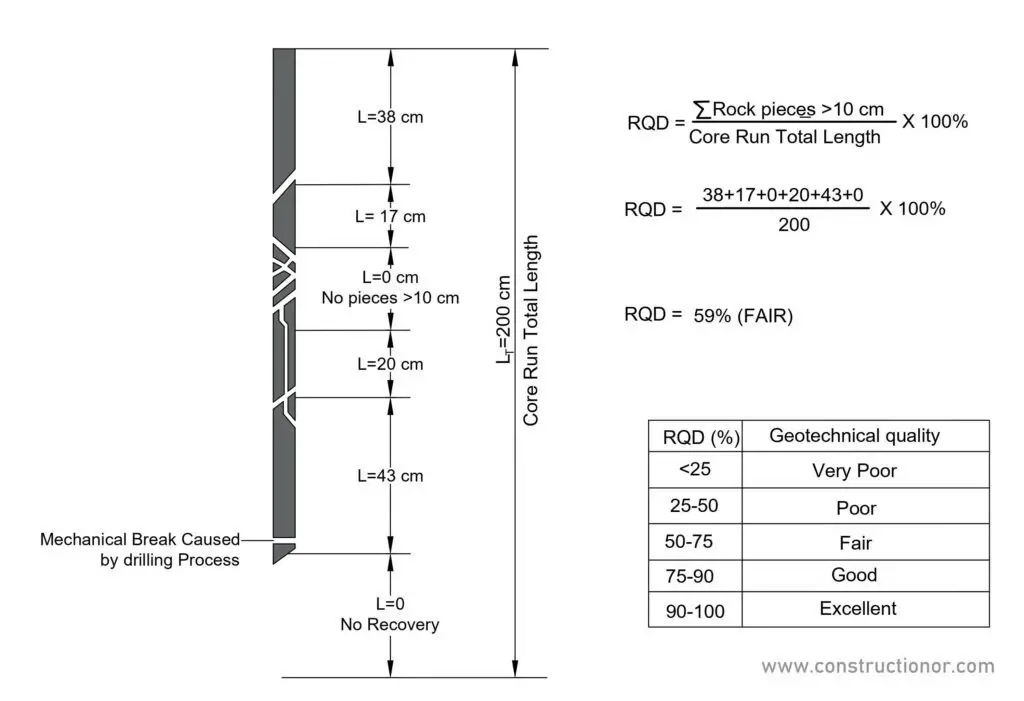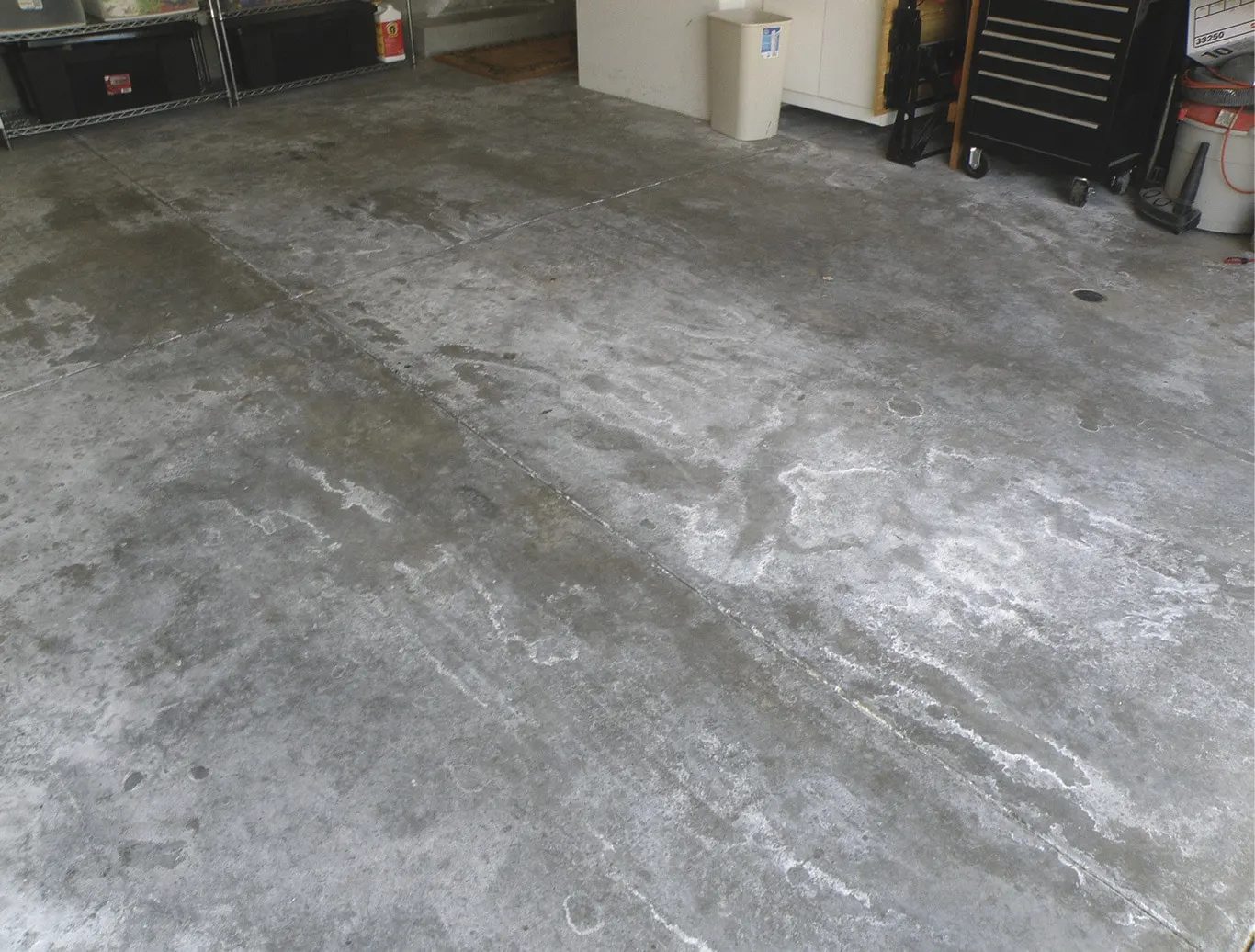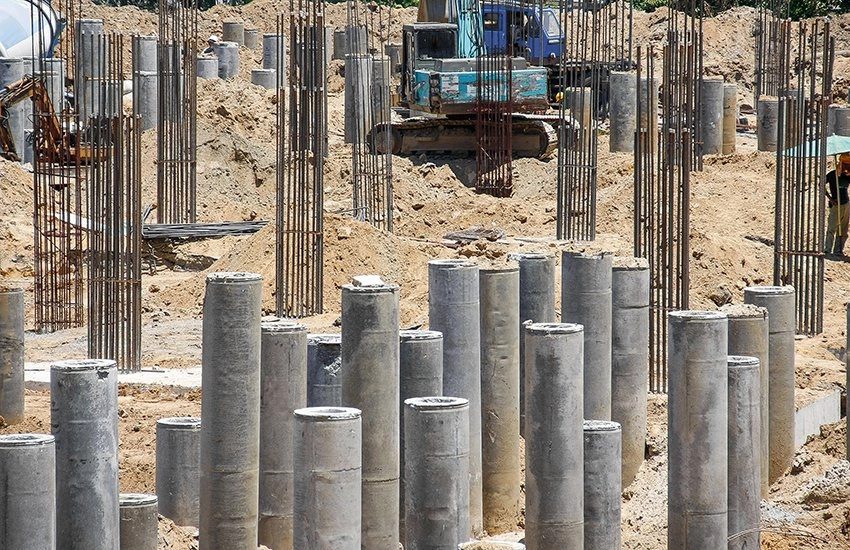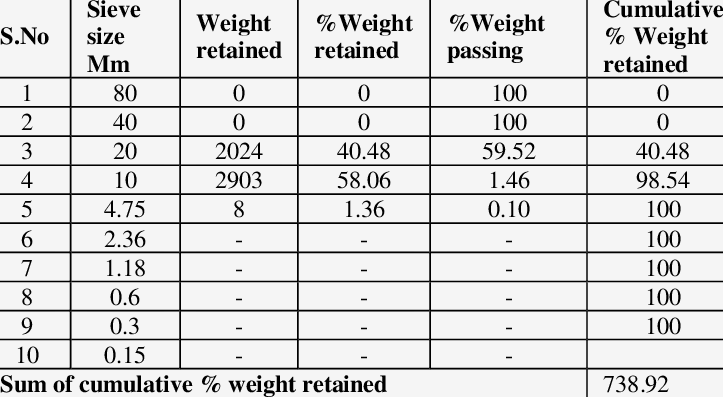Scaffolding is a temporary frame normally constructed of steel or aluminum alloy tubes to offer access to high-level work areas as well as to serve as a secure platform.
The height of the scaffolding will increase as the construction height will increase.
Here we will learn aobut scaffolding, types of scaffolding, advantages & disadvantages of scaffolding.
Introduction to scaffolding:
Scaffolding means a temporary structure outside a building made of wooden planks or iron rods.
When a wall or column or other structural members of a building exceeds 1.5 meters, temporary structures are required to support the platform on which the workmen can work and place the material.
These temporary structures are constructed very near to the wall, within the form of wood or metal structures.
Objective of scaffolding:
- It provides a platform to stand safely and carry out building work.
- Also, gives a platform to place the necessary materials of the building such as brick, mortar, trowel, plumb, and so on.
- Scaffolding is required to restore and even demolition a building.
Scaffolding Component Parts:
Scaffolding has the following parts as follows:
1. Standard: These are vertical members of the scaffolding, supported at the bottom or embedded in a drum or ground.
2. Lasers: These are horizontal members, running parallel to the wall and perpendicular to the standards.
3. Braces: These are diagonal members mounted on standards.
4. Putlogs: These members are located at right angles to the walls, side by side at one end and supported at the walls at the other.
5. Boarding or placards: These are horizontal platforms for supporting men, materials and equipment supported on the put.
6. Guard Board: For the safety of the material, the board is supplied with a working level called a guard board.
7. Toeboard: These are boards located parallel to other boards used for defence on the platforms of the working platform.
Types of scaffolding:
1.Single Scaffolding:
It consists of a single row of standards (vertical member) constructed within the floor roughly 1.5 to 2.0 meters from the wall approximately 1.2 meters.
Putlos is positioned at one end on the arch and on the other end with holes left within the wall at intervals of 1.2 to 1.5 meters.
Guards, hoardings and different members are positioned.
The most affordable single scaffolding is mostly used in brickwork.
2.Double or Mason Scaffolding:
A framework is like a single scaffolding is used besides 2 rows of standards, one line within 15 cm of the wall face and the opposite wall at a distance of 1.2 to 1.5 m from the face of the wall.
The putlogs are supported at both ends on ends; Rakers and cross braces are supplied to make the scaffoldings extra strong and stable.
It’s generally used in stone masonry because it is vitally difficult to offer holes within the wall to assist the putlogs such scaffoldings can be called impartial scaffoldings.
3.Ladder scaffolding or patented scaffolding:
Ladder scaffolding is a modification on double scaffoldings and probably simply assembled.
A number of patented scaffolds, made from metal are available in the market, these scaffoldings are outfitted with particular couplings, frames, and so on.
In this scaffoldings, working platforms are supported on brackets that may be adjusted to any suitable height.
4.Cantilever scaffolding:
Single scaffoldings as well as double scaffoldings rests on the ground level, such scaffoldings can disrupt visitors on busy roads.
If repairs are to be done in only a few places, it is immoral to climb on a floor then scaffoldings in a tall building.
This type of scaffoldings must be erected with great care to keep away from damage to different elements of the building.
5.Suspended scaffoldings:
It is a gentle scaffolding used to restore works such as pointing, washing, painting, and more.
In this type of scaffoldings, the working platform is suspended from the ceiling through ropes or chains, the platform is arranged up or down in order that work may be finished on the desired level.
In this scaffoldings, the construction of requirements is necessary.
6.Trestle scaffolding:
In this type of scaffoldings, the working platform is supported by a number of claims running on a ladder, wheel-mounted ladder, tripod stand and so on.
Such scaffoldings is commonly used for painting and repairing inside rooms.
7.Steel Scaffoldings:
A steel scaffold is almost similar to a wooden scaffoldings, except that the wooden members are replaced by steel tubes and the piece of rope is replaced by steel tubes or fittings.
These are few fasteners may be handled, it has nice strength, durability and fireplace resistance.
Scaffoldings can also be used for formwork, hence its versatility increases.
Advantages of scaffolding:
- It provides access above arm’s length for working on high walls or ceilings.
- Also puts the workers in a position from where they can work comfortably.
- It provides a large amount of protection.
- Scaffolds are supportive and have at least four anchor points increases overall productivity.
Disadvantages of scaffolding:
- This is a long process that can confuse the learner.
- More emphasis on finishing topics.
- Training is difficult in every department.
Also read: Pile Caps, Shoring & Formwork
Conclusion:
Scaffolding is a temporary structure erected to support access or work platforms.
They are commonly used in construction work, so workers have a safe and stable work platform, where the work can be done on ground level or on the finished floor.










I have learnt a lot. big up please God bless you